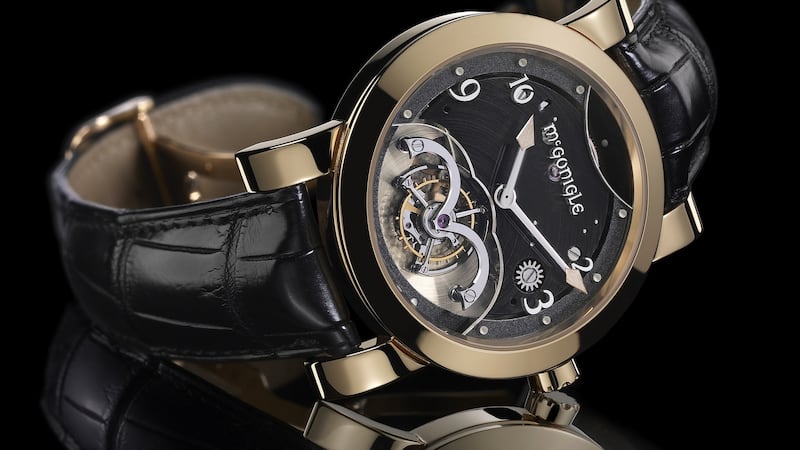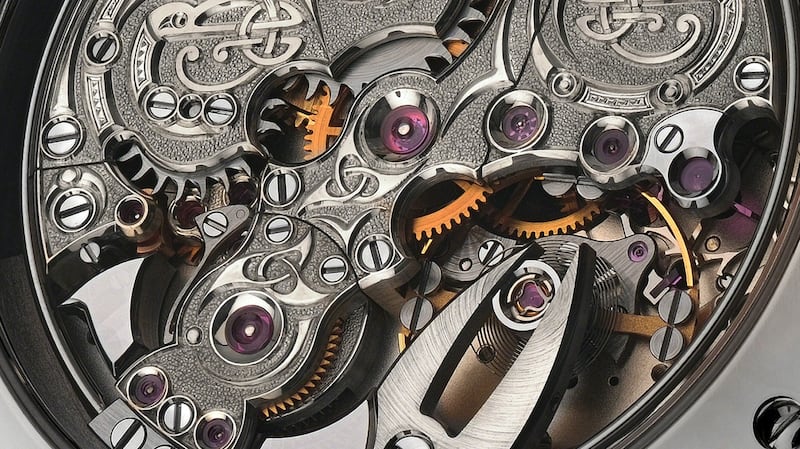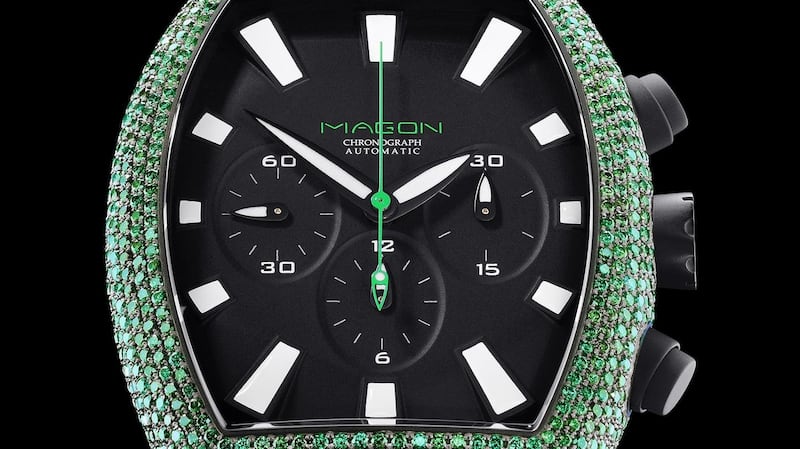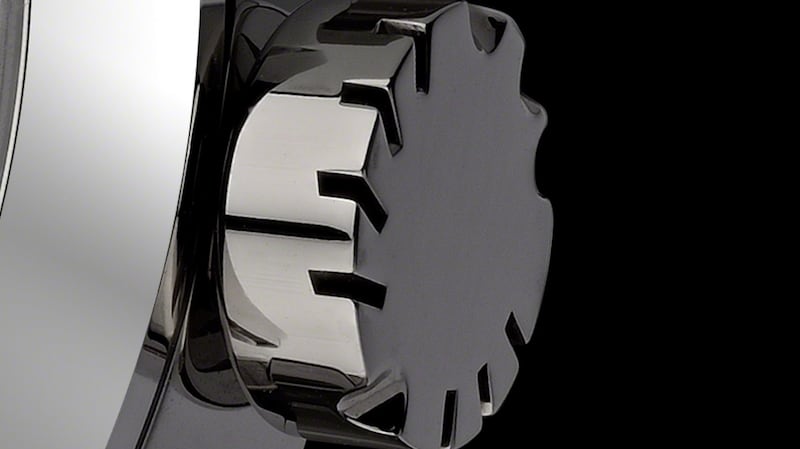The origins of horology in landlocked Switzerland date all the way back to 1541, when French theologian and reformer John Calvin banned the wearing of ornamental objects and jewellery.
As watches were deemed to be practical instruments, this created a loophole within the law, so their production was permitted. By the early 1600s Geneva was so full to the brim with watchmakers, they began to migrate northwards to the Jura region, employing local farmers to assist in making parts during the long winters.
It is somewhat ironic Calvin’s suppression of ostentation through anti-sumptuary laws gave birth to a luxury industry which today is worth about €18 billion annually.
The Jura arc, which runs from Geneva to Basel, is known as Watch Valley, and is the world’s epicentre for horology, and this innovative supply chain that began 500 years ago still exists today.


This region is also home to Stephen McGonigle, the Irish watchmaker who was recently interviewed in the New York Times about his new Fóras timepieces. Originally from Athlone, McGonigle studied for three years at the now closed Irish-Swiss Institute of Horology in Dublin.
“Dad, who was a typesetter for the Westmeath Independent and later for the Irish Times, repaired watches and clocks in his spare time. Although all I saw back then was greasy dirty clocks, it wasn’t until my brother John did the course before me, that I became hooked. I found it fascinating as it is really a microscopic art.”
Neuchatel
After a year cutting his teeth at Somlo Antiques in Piccadilly, which he describes as being "thrown in at the deep end", he took a job with Christophe Claret in the Neuchatel mountains making complications (a term for mechanisms that do much more than tell the time) for larger brands.
Fifteen years ago he established McGonigle Watches in the Swiss region, a brand which is aimed at collectors.
“It is the tiny things and the story that collectors like. For example, almost all watches have a universal crown/grip, but ours has subtle Ogham (ancient Irish alphabet) inspired lettering – which you wouldn’t know existed until it was explained to you. Every screw, spring and bridge is made by hand, and one of our first watches, the Tuskar, took years to develop before a single component was made.”
When starting out, McGonigle recalls being part of the Irish stand at a trade fair in Monaco.
"We were stone broke at the time as every penny had gone into the business. Then Bono arrived with Simon Carmody from the Golden Horde and sat in with us for about 20 minutes. He said, and I have it on a video clip – which I treasure – that our Tourbillion watch was "the best watch, and the most beautiful object you could have on your wrist". I was so excited, I thought we were made: I was sure he'd buy one for all the band members," laughs McGonigle.
Bono didn’t buy the watch and McGonigle continued his plight to be recognised as an independent watchmaker amid the long-established Swiss giants.
Rubber straps
The latest offering under the Magon brand (his nickname when young) is the tonneau-shaped Fóras range, a watch which took three years to develop.
“The strap alone took a year, I wanted to stop using animal skins, and found a small company in Switzerland who makes incredible rubber straps. They can take any material and replicate it in rubber – it’s so real looking that it is almost impossible to tell the difference.”
The Magon was inspired by his love of rugby, and McGonigle took a rugby ball to the strap-maker who created one from the texture of the ball.
“There are tiny hints that the watch has links to rugby,” says McGonigle.
The fact that fellow Athlonian and rugby international Robbie Henshaw, who has since joined the company, has been wearing the Fórsa Titanium for the past year, means it has attracted quite a bit of attention from fans and players.
Another collaboration, this time with Castlebar-based jeweller Nigel O’Reilly who, like McGonigle, is also competing and holding his own with international luxury brands around the world, saw the jeweller create a unique gem-set model called the Fórsa Solas.



Studded with over 700 green diamonds, which took over three weeks to set as “working with titanium is a nightmare compared to gold or platinum”, it is one of a kind.
The most complex of McGonigle watches is the Ceol, which has one of the most complicated mechanisms in watchmaking; a minute repeater. The waterproof watch – with 300 hand-designed parts – is based on classical minute repeaters, and allows the wearer to hear the time from the hammer chimes.
When asked which of his designs he wears himself McGonigle laughs.
“I wear a beat-up prototype, I can’t afford one of my own as they take so long to make.”













